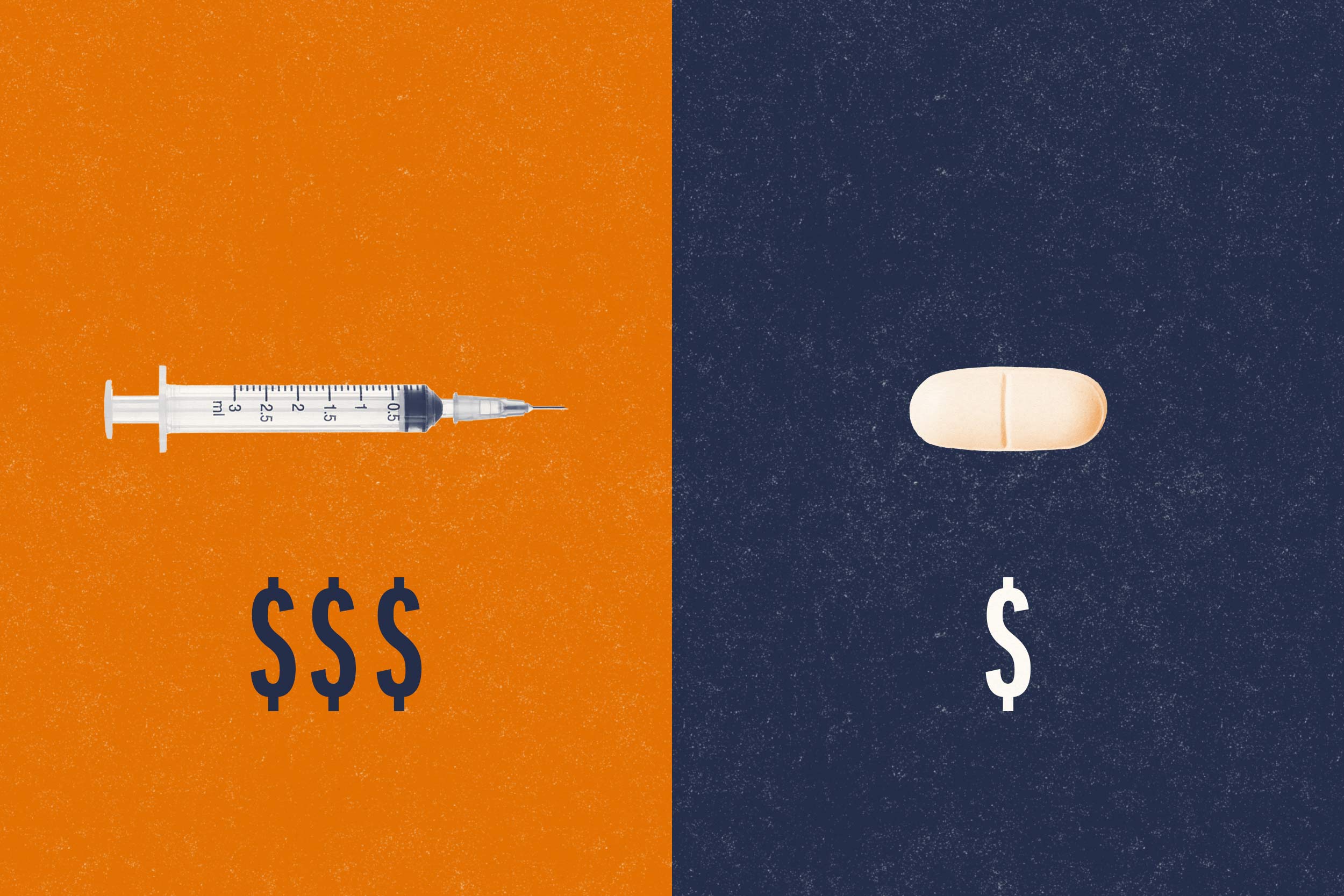Nearly 7% of people living with diabetes develop diabetic macular edema, a serious eye condition that can lead to vision loss, according to the Cleveland Clinic. Treatment can be costly, with the injections currently used to treat the condition costing around $20,000 a year.
But researchers from the University of Virginia and partner institutions have made a discovery that could provide a $20 a month alternative.

UVA ophthalmology professor and researcher Dr. Jayakrishna Ambati adds to his discoveries, having previously found HIV drugs reduce the risk of Alzheimer’s disease and other illnesses. (Contributed photo)
Dr. Jayakrishna Ambati, a UVA ophthalmology professor and researcher, led a team that found patients taking an affordable HIV medication, lamivudine, had substantially lower chances of developing the eye condition.
“We found that within four weeks, patients in this trial improved on average nearly 10 letters while looking at the eye chart,” he said. “That’s really amazing, especially considering the current treatment is injecting a drug into your eye every month, which can be painful and expensive, and these pills cost around $20 a month in the U.S. and are cheaper elsewhere.”
The UVA team collaborated with colleagues from the Universidade Federal de São Paulo in Brazil, Yale University and the University of South Carolina to enroll 24 adults with diabetic macular edema in a randomized clinical trial, roughly half receiving lamivudine for two months and the remainder a placebo.
Now they are calling for larger and longer trials.
The World Health Organization estimates diabetes affects 830 million people worldwide, a number steadily increasing, with more than half not receiving treatment. Treating the condition with long-approved pills would increase affordability and accessibility globally, especially in places where retina specialists are not available to administer injections.
In addition, Ambati noted, the current injection treatment can be “painful, invasive and occasionally cause complications like bleeding, infection and retinal detachment.”









